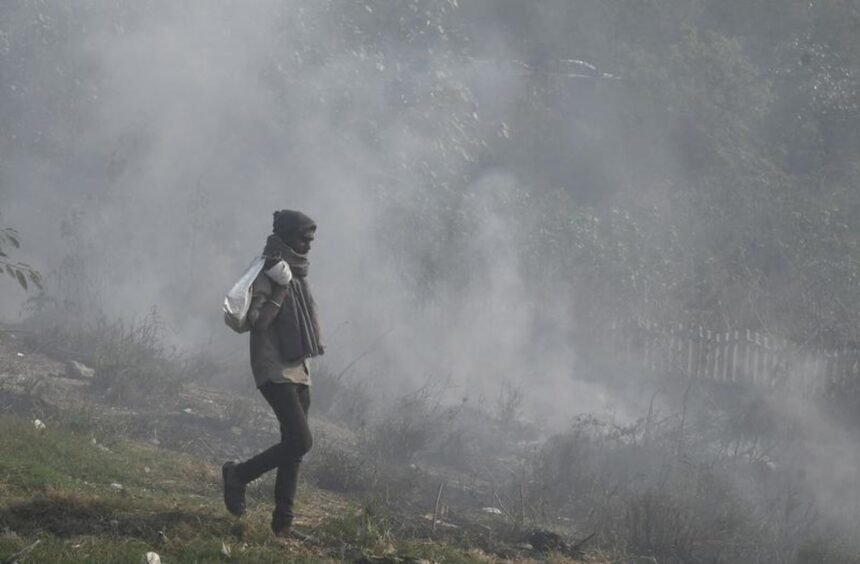Airborne particles known as PM2.5, smaller than a human hair’s breadth, are now suspected to contribute to the growing menace of antimicrobial resistance (AMR), as bacteria become immune to drugs, according to an analysis published in The Lancet Planetary Journal.
Researchers have found a correlation between a rise in air pollution and an increase in AMR of 1.1% across various countries. AMR has already caused more deaths globally than malaria or HIV/AIDS, posing a severe public health threat.
Experts have long warned of AMR’s potential to evolve into a pandemic. Factors contributing to its growth include excessive antibiotic use, inadequate sanitation, high disease burden, and weak healthcare infrastructure.
The new analysis is the first to demonstrate the link between air pollution and antibiotic resistance, offering significant policy implications for combatting clinical antibiotic resistance by addressing environmental pollution.
In countries like India, antibiotic-resistant strains of common bacteria, such as E. coli, have seen a significant rise, rendering previously effective antibiotics useless. Diseases like multidrug-resistant tuberculosis have also become harder to treat, putting patients at a higher risk.
The analysis highlighted that with every 1% increase in PM2.5 pollution, AMR saw an increase ranging from 0.5% to 1.9%, varying based on the pathogen. This association has grown over time and could have led to premature deaths and significant economic losses worldwide.
While AMR is driven by various factors, environmental influences, including air pollution, have been poorly understood. The study compiled data from 116 countries over nearly two decades to explore the relationship between rising PM2.5 levels and AMR, considering factors like sanitation, population, and education.
Airborne pollutants may carry antibiotic-resistant genes, which can attach to particles, spreading through air, water, soil, and direct contact. The particles can be inhaled, leading to respiratory-tract injury and infection.
Despite the compelling link, the exact relationship between airborne pollutants and AMR remains unclear. The analysis called for more medical evidence to verify this occurrence, citing the complex interplay of social, economic, and environmental factors.
This new understanding emphasizes the importance of addressing air pollution as a contributor to AMR alongside other drivers. India’s National Action Plan to combat AMR was released in 2017, but many states are yet to develop region-specific frameworks to address the issue.
The analysis suggests that China’s example, where restrictions on antibiotic sales and efforts against air pollution were implemented in tandem, could guide other nations. Such policies led to a significant decline in air pollution and the dual challenges of PM2.5 and AMR.






